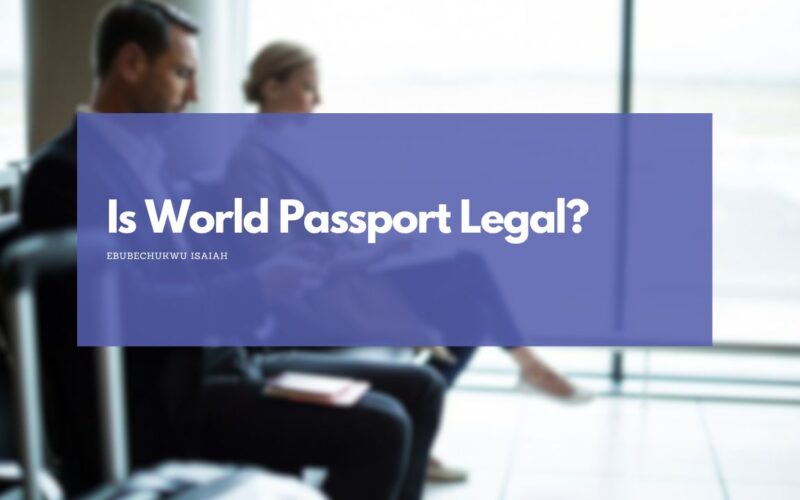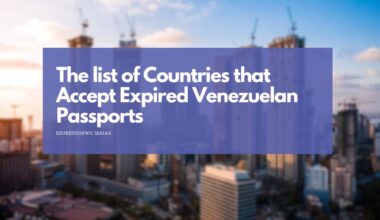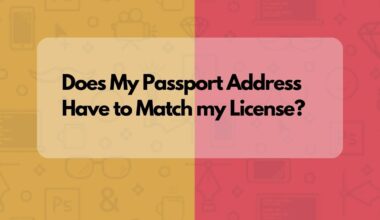As an Amazon Associate, I earn a small commission from qualifying purchases. Learn more about this.
Imagine having a passport that lets you go anywhere in the world. That’s what the World Passport claims to do. But is it really legal? Many of us wonder about this. In this post, we’ll explore the truth behind the World Passport and see if it’s something you can use for your travels
The Concept of the World Passport In a Jiffy
First, I like to share this image…

Now let’s get talking…
The World Passport is a fascinating concept, born from a vision of global unity. It was created by the World Service Authority (WSA), a non-profit organization, which was the brainchild of Garry Davis.
Davis, an American former soldier and Broadway actor, renounced his U.S. citizenship in 1948, declaring himself a citizen of the world.
His motivation?
The devastating experiences of World War II, which convinced him that national allegiance was a barrier to peace.
Davis’s idea was revolutionary: a passport not tied to any single country, but to the planet itself.
The World Passport is grounded in the principles of the Universal Declaration of Human Rights, specifically leaning on Article 13(2).
This article asserts, “Everyone has the right to leave any country, including his own, and to return to his country.” From this, the WSA argues for the legitimacy of the World Passport.
The passport itself is a simple document, printed in seven languages.
It contains a photo, personal details of the bearer, and a statement declaring the holder as a world citizen.
The WSA claims that this document symbolizes a commitment to world law and global citizenship, challenging the traditional notions of national borders and sovereignty.
However, despite its noble intentions and grounding in human rights, the World Passport’s legal standing is complex and not broadly recognized.
This leads to varied and unpredictable experiences for those who attempt to use it for international travel.
Is World Passport Legal?
Here’s where things get tricky.
The World Passport is not officially recognized by most countries.
While the WSA claims that the passport has been accepted on a de facto basis in over 180 countries, this doesn’t mean it’s officially recognized or that it can consistently grant entry or exit from countries.
In reality, the success of the World Passport for international travel is hit or miss. Much more in the miss.
The cases of successfully using it for travel successfully used it are very rare and often depend on the discretion of individual immigration officers rather than official policy.
Some countries have explicitly stated that they do not recognize the World Passport. Others may not have an official stance, leading to uncertainty and varied experiences at borders.
Legally, traveling with a World Passport is a risk.
If a country doesn’t recognize it, you could be detained or deported. There’s also the risk of being flagged for further scrutiny in future travels, even when using a conventional passport.
From a practical standpoint, the World Passport is more of a political statement than a travel document.
It symbolizes the idea of global citizenship and the desire for a world without borders.
However, the reality of international law and border controls makes it a less than reliable option for travel.
Alternatives for International Travel
For avid travelers dreaming of exploring different parts of the world, understanding and utilizing conventional travel documents remains the most reliable path.
While the concept of a World Passport is alluring, its practical limitations mean that traditional passports and visas are the cornerstone of international travel.
First and foremost, obtaining a passport from your country of citizenship is the initial step.
This document is universally recognized and serves as your primary identification for international travel.
Each country has its own process for issuing passports, so it’s important to check the specific requirements and procedures of your home country.
Once you have a passport, the next step is understanding visa requirements.
Visas are permissions granted by a country for foreigners to enter, stay, or pass through their territory. Visa policies vary significantly from country to country and can depend on bilateral agreements, the purpose of travel, and the duration of stay.
Some countries offer visa-free entry to citizens of certain nations, while others require visas for all foreign visitors.
It’s important to research the visa requirements of your destination well in advance of your trip.
For those facing the challenge of visa applications, numerous resources and services can assist.
Travel agencies and visa services offer guidance and can handle much of the application process, albeit for a fee.
For independent travelers, embassies and consular websites provide the most accurate and up-to-date information on visa requirements and application procedures.
For frequent travelers, some countries offer visa waiver programs or long-term multiple entry visas. These arrangements can significantly simplify travel, allowing easier movement across borders.
In the case of stateless individuals or refugees who cannot obtain a national passport, there are other options.
The United Nations issues a Refugee Travel Document under the 1951 Refugee Convention, recognized by many countries. Similarly, stateless persons can obtain a travel document based on the 1954 Convention relating to the Status of Stateless Persons.
These documents offer a degree of freedom to travel, although they come with their own limitations and requirements.
Understanding global travel requirements can be daunting, but the wealth of information available today makes it more accessible than ever.
From government websites to travel forums, one can find detailed guidance on navigating the complexities of international travel documentation.
Conclusion: The Dream vs. Reality:
The idea of a World Passport is a beautiful one. It speaks to a desire for a world united, without the barriers that divide us. However, in the realm of international law and travel, it falls short. While it may work in isolated incidents, it’s not a recognized legal document for crossing borders.







